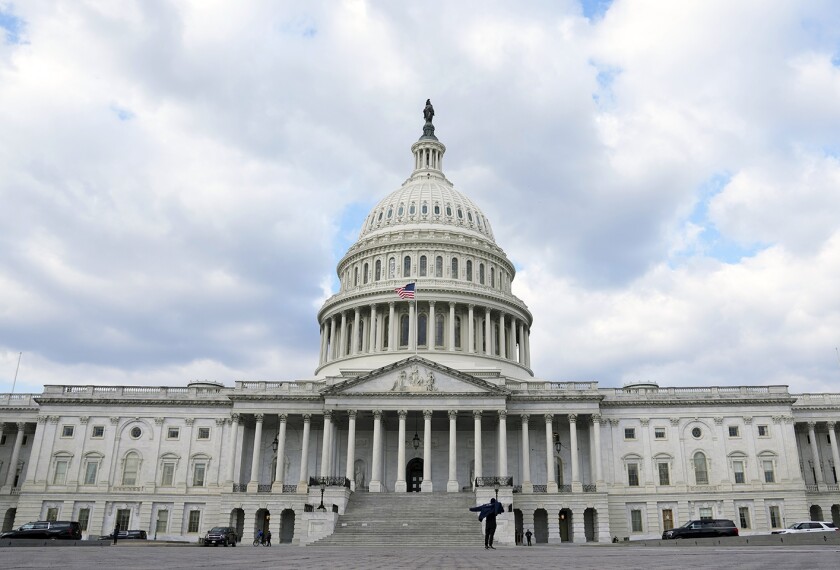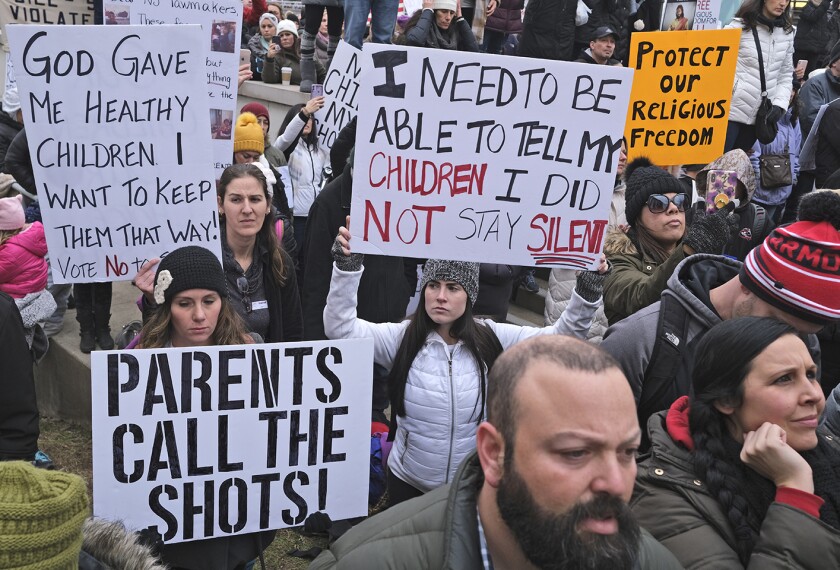When anonymous donors made it possible for Kalamazoo, Mich., to offer every graduate of the city’s schools a hefty scholarship to a state college or university, the new program drew national attention.
It certainly captured the interest of Gov. Jennifer M. Granholm, who noted that school enrollment and property values both went up in the city of 77,000 after the “Kalamazoo Promise” was announced.
Nor was it lost on the governor that no other locality in the nation, let alone in Michigan, had launched another such program.
In her State of the State address last week, Gov. Granholm put bully-pulpit power behind an idea that many see as having considerable economic-development potential. She also wants to help financially by funneling a portion of growing property-tax revenue to communities that already have committed substantial money to a scholarship fund.
“I am proposing legislation to establish ‘Promise Zones’ that will help our distressed communities create public-private partnerships to replicate the generosity of the Kalamazoo Promise,” the governor told a joint session of the state legislature on Feb. 6. Referring to various communities around the state, she said, “I see a Flint Promise and a Benton Harbor Promise … and a Detroit Promise to stimulate economic growth in those cities.”
The promised state funding would not replace private philanthropy, said a senior adviser to the governor.
“You still need incredibly generous people,” said Chuck Wilbur, the adviser.
But after the initial investment, he said, increases in property value could help make the locality’s scholarship fund “something of a perpetual-motion machine.”
Read a complete transcript of Gov. Jennifer M. Granholm’s 2007 State of the State address. Posted by Michigan’s Office of the Governor.
Kalamazoo has seen its property values rise by between 7 percent and 10 percent over the past two years, and the 11,000-student school district’s enrollment went up by 900 this year over last, according to figures from the governor’s office.
Gov. Granholm’s attention may have the desired effect, especially if localities can aim for a scaled-back version of the program in which the scholarships would cover just those tuition costs that are going unmet, according to observers.
“I absolutely think there will be interest,” said Summer Hallwood Minnick, the director of state affairs for the Michigan Municipal League. “It’s important that you have the top executive in the state hold it up as a priority to invest in education and invest in cities … if we are going to compete.”
Increased Aid
The ability to compete for jobs framed much of Ms. Granholm’s speech. The governor, a Democrat, argued that investment in people, and especially in their education, is at the heart of the solution to the state’s lagging economy—not, as she said her critics claim, low taxes.
Staring down a possible revenue shortfall of more than $3.5 billion over the next 18 months, the governor pledged both an increase in state education aid and an expansion in preschool slots.
Gov. Granholm said that she would not cut the state’s per-pupil grant to districts in the middle of the school year, despite the current $377 million shortfall.
Her budget proposal for fiscal 2008 calls for a $178 per-pupil increase in base aid to local districts, for a minimum allocation of $7,286 per student—a 2.5 percent increase.
The spending plan would also put $200 million toward opening 26,000 full-day pre-K places for 4-year-olds in low-income neighborhoods. Districts that received the money would be required to make full-day kindergarten available to those children when they turn five, a rare offering in many areas of the state, according to Mr. Wilbur.
The governor’s plan would use a mix of government economies, program cuts, and higher taxes to try to fix the state’s fiscal imbalance and make room for additional spending. Michigan’s dependence on the faltering automobile industry has brought years of job losses and declining revenues.
The legislature lowered business taxes last year when both chambers were controlled by Republicans. In the spending plan the governor also unveiled last week, Gov. Granholm proposed a business-tax increase along with a 2 percent tax on services. The proposed budget faces a Republican majority in the Senate and a Democratic one in the House.
Gov. Granholm said in her speech that she wants to change compulsory schooling laws at both ends of children’s school careers. She proposed requiring kindergarten and stretching the school-leaving age to 18.
The proposed budget also includes money for 10 high schools that would coordinate with community colleges so that students would graduate with both a high school diploma and an associate’s degree.





